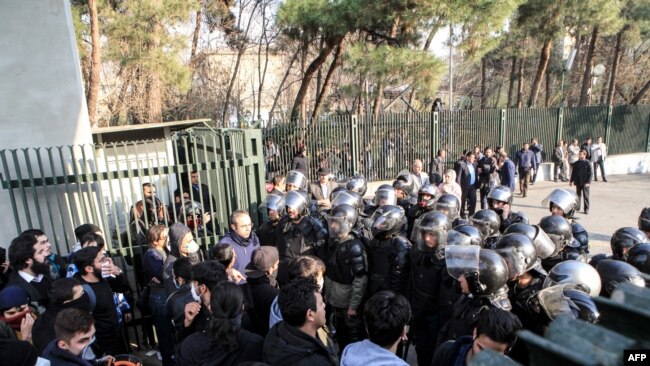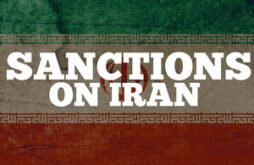Radiofarda – More than forty percent of the unemployed in Iran are university graduates, says a representative of the government’s Planning and Management Organization (PMO).
“42 percent of unemployed people in Iran have a university degree, and huge sums of money have been spent on their education,” said PMO Deputy for Social Development Sa’eed Namaki, adding that unemployment among university graduates leads many of them to leave the country in search of opportunities.
“We are facing a grave problem, and we have to address it fundamentally to stop elite Iranians from leaving the country,” said Namaki.
Out of 3.2 million jobless people between 2016-17 in Iran, more than 1.3 million, or 42 percent, held university degrees, according to a recent report presented at the Second Conference on Iranian Economy in Tehran in mid-December.
“This is a clear indication of an imbalance between supply and demand for the educated workforce,” wrote one analyst in the Iranian daily Donya-ye-Eqtissad (Economic World), adding, “This comes as only 24 percent of jobholders in the same year were university graduates.”
There is also a huge discrepancy between the level of education held by job seekers and the jobs available on the market, especially for women, the report noted.
 Iranian students scuffle with police at the University of Tehran during a demonstration driven by anger over economic problems, in the capital Tehran on December 30, 2017.
Iranian students scuffle with police at the University of Tehran during a demonstration driven by anger over economic problems, in the capital Tehran on December 30, 2017.
According to Namaki, “University studies in Iran are lengthy, expensive, and irrelevant to market demands.”
Prominent Stockholm-based Iranian economist Ahmad Alavi told Radio Farda that the unemployment problem is the result of insufficient investment in individuals.
“Investment in human resources is one of the most important elements in creating sustained development in any society. Unemployment among university graduates in Iran means that investment has ended, leading to the reduction of economic efficiency and consequently to the reduction of economic growth,” said Alavi.
The easiest way out of such “misery,” for young, educated Iranians, according to Alavi, is leaving Iran in the hope of finding opportunity in the globalized job market.
State-run Mehr News Agency (MNA) has reported that those with degrees in Computer Science top the table of unemployed graduates with 41.14 percent unemployment, followed by unemployed graduates in Environment (37.6 percent), Arts (28 percent), and Physics (27.8 percent), while graduates of Veterinary Science are at the bottom of the table with the lowest unemployment.
Meanwhile, the Statistical Center of Iran (SCI) reports the rate of unemployment in the last Iranian year (ending March 20, 2017) for the country as a whole at 12.1 percent. The unemployment rate among 15 to 29-year-olds was 25.3 percent.
However, many analysts believe the actual unemployment rates in Iran are much higher than what is reported by the SCI.
A report compiled by Iran’s parliament from December 2017 highlights the fact that unemployment among female graduates is much higher than the national rate in some provinces.
“The unemployment rate among university-educated young women in the provinces of Kurdestan, Kermanshah, and Kerman hovers near 80 percent. The same rate is 70 percent in the provinces of Chaharmahal-Bakhtiari, Ilam, Kohgilouyeh-Boyerahmad, and Khuzestan,” the report read.
According to the same report, “The lowest unemployment rate among university-educated young women has been registered for Qazvin and Hormozgan provinces at less than 35 percent.”
The capital Tehran has 41 percent unemployment overall, the research revealed.
In some provinces, youth unemployment rates range from 50-63 percent.
 Shabtabnews In this dark night, I have lost my way – Arise from a corner, oh you the star of guidance.
Shabtabnews In this dark night, I have lost my way – Arise from a corner, oh you the star of guidance.


